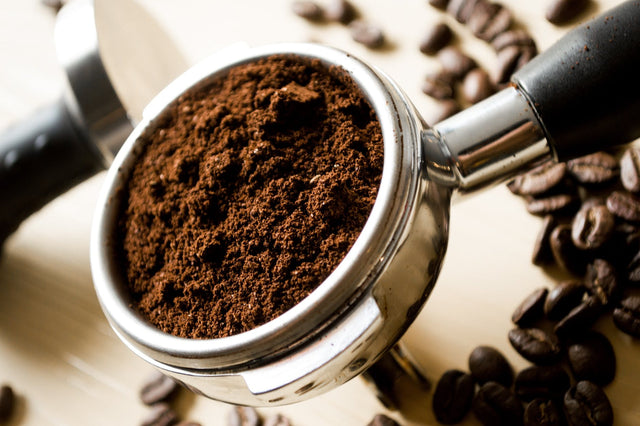Let's talk about smoked coffee. To do that, we need to take a brief history lesson.
The History of Penny Universities
The origins of coffee are caked in legend and lore, but for now, we'll focus on the crossover from the Arabian Peninsula to Europe through Italy. For several tens of years, coffee was thought to be medicinal, able to cure such maladies as gout, smallpox, scurvy, and even hangovers. After these "medicinal" qualities were debunked, coffee began to spread as a beverage throughout Europe, taking a unique stronghold in Oxford.
Here, in 1650, was the birth of the first coffeehouse. With the culture of Oxford placing a high priority on class, education, and the pursuit of knowledge, coffeehouses began attracting scholars, university students, and others interested in furthering said knowledge. For the price of a penny, anyone could be admitted entrance. Once inside, patrons would have a cup of coffee while reading the newspaper and/or discussing philosophy, art, or politics. For this reason, coffeehouses took on the moniker "penny universities."
These penny universities quickly spread throughout England, most notably to London. In 1652, London saw its first coffeehouse. Less than fifty years later, London held more coffeehouses, and thereby penny universities, than anywhere in the world save Constantinople. It would spread throughout Europe and, after its discovery, to the Americas.
A quote from Francis Maximilian Misson sums up the environment well:
"You have all Manner of News there: You have a good Fire, which you may sit by as long as you please: You have a Dish of Coffee; you meet your Friends for the Transaction of Business, and all for a Penny, if you don't care to spend more."
The rise in popularity in tea during the 18th century ended the coffeehouse boom in Europe. While not called such anymore, penny universities still exist in the spirit of coffeehouses today. That spirit is often called coffee culture.
How Smoked Coffee Comes In
"Okay, great, what does that have to do with smoked coffee?" I'm getting there, I promise.
In these coffeehouses, coffee was roasted in a skillet over a wood fire. Obviously, commercial roasters didn't exist in the 17th century, so this was the only method. Anyone who's ever had bacon, ham, or smoked pork will tell you that smoke carries a lot of flavor. The only problem is that roasting coffee over a wood fire is not only tedious, it's tremendously easy to roast unevenly. It'd be one of the harshest coffees you'd ever had, but the flavor would be completely unique compared to coffees roasted today. The trade-off of flavor to quality was not worth the cost, so coffee has all but lost its original, smoky flavor.
Until now.
How We've Put Smoke Back
I'll tell you right now, our 17th Century Style coffee isn't harsh like it would have been during the actual 17th century. We wouldn't do that to you.
As specialty coffee roasters, our job is to play with coffee. Through months of trial and error, we've found a way to put the smoke flavor back into coffee without roasting it unevenly. It's a process that takes a good deal of time, but the end result is a one-pound time machine back to the coffee that won the world over. Actually, its better than the coffee that won the world over. Without sounding too high and mighty, we think it's not just the best coffee in Arizona, it's the best coffee out there. There's a reason coffee spread like it did, and going back to the past is often the best way to learn what to do for the future.
But don't take my word for it. Try it yourself, and experience the coffee that won the world.
More stories


